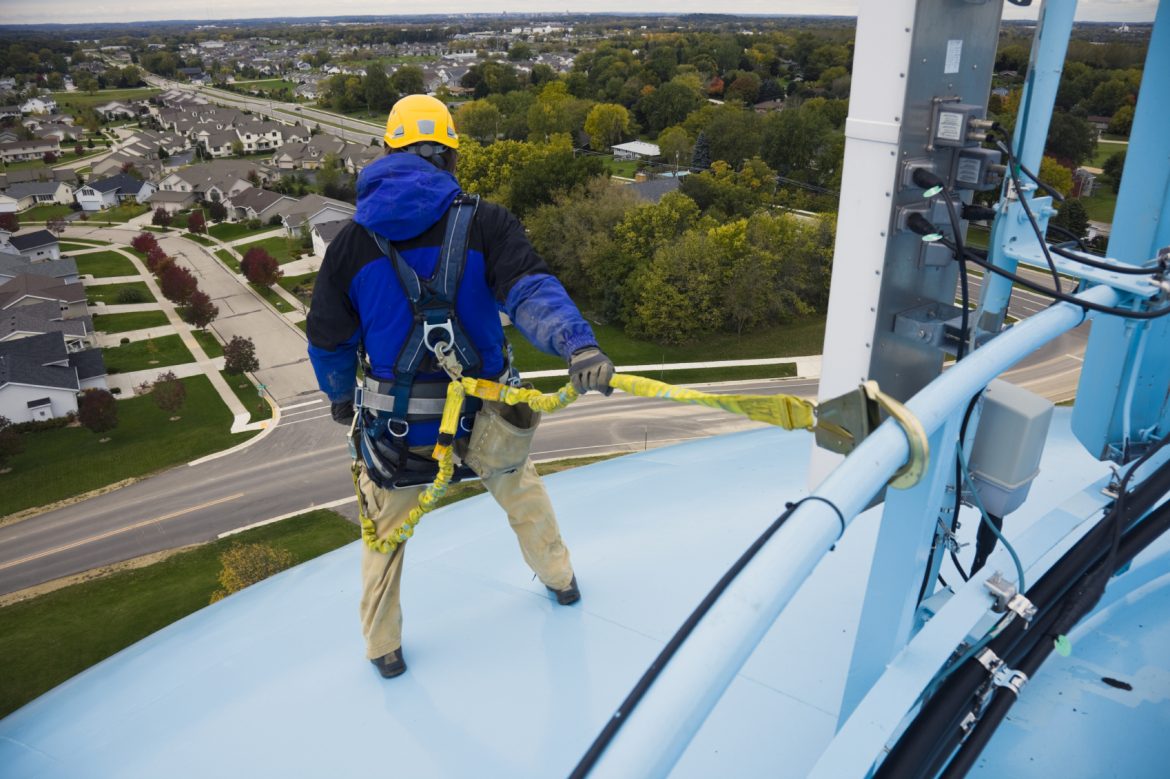Safety at Heights: Fall Protection When Performing Aerial Work on Wood Poles
The Partnership is committed to the practice of Safety at Heights wherever the potential exists for personnel falling from heights. A series of Best Practices will be developed that will address fall hazards associated with the Electric Transmission and Distribution industry. Best Practices will address fall hazards associated with, but not limited to, aerial tasks performed while working on wood/steel poles, metal/lattice structures, transformers , vehicles and associated equipment.
The Best Practices will utilize fall protection hierarchy of fall hazard elimination or control of the fall hazard. The following shall be considered in designing a fall protection solution: elimination or substitution, passive fall protection, fall restraint, fall arrests and administrative controls. First consideration shall be given to the elimination of fall hazards. Where elimination of fall hazard is not practical effective control of the fall hazard shall be used at all times.
SUBJECT: FALL PROTECTION WHEN PERFORMING AERIAL WORK ON WOOD POLES
PRACTICE STATEMENT: Fall Protection Equipment (FPE) shall be used when ascending, descending, changing position and when in the working position while on a wood pole.
PRACTICE DESCRIPTION: Wood Pole Fall Restriction Device shall be “engaged” ground-to-ground when ascending, descending, changing position and when in the working position.
- When in the working position, Work Positioning Equipment may be used when rigged such that an employee cannot fall more than two feet.
- When climbing wood poles that have pole steps or other obstructions the hitch hike climbing method, utilizing the Work Positioning Equipment, may be used to ascend or descend when rigged such that an employee cannot fall more than two feet.
- Wood pole climber shall be trained and competent in the care, use of inspection of components used to conform to this Best Practice. Employers should obtain comprehensive training from the manufacturer as to the equipment’s proper use ( to include “train the trainer”). Employees must be trained in the selection and safe use of equipment/system.
This should include the following: Application limit; techniques used for proper adjusting of the equipment, methods of use, inspection, storage of the device and a demonstration of competency of device usage. Training shall only be conducted by qualified trainers. Refresher training shall be provided that will maintain employee’s competency in the use of required equipment.
Original article provided by National Safety Council. Download PDF Here


